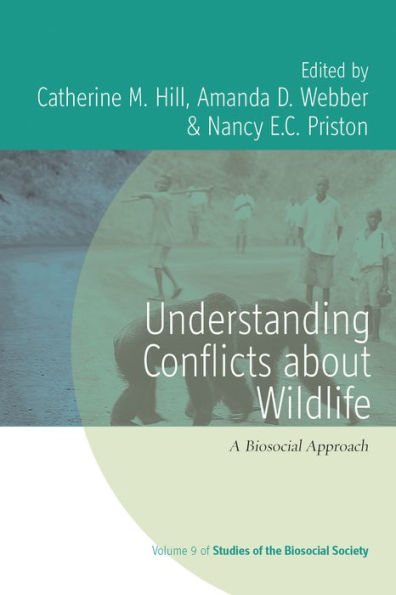5
1
9781785334627


Understanding Conflicts about Wildlife: A Biosocial Approach / Edition 1 available in Hardcover

Understanding Conflicts about Wildlife: A Biosocial Approach / Edition 1
- ISBN-10:
- 178533462X
- ISBN-13:
- 9781785334627
- Pub. Date:
- 05/01/2017
- Publisher:
- Berghahn Books
- ISBN-10:
- 178533462X
- ISBN-13:
- 9781785334627
- Pub. Date:
- 05/01/2017
- Publisher:
- Berghahn Books
135.0
In Stock

Product Details
| ISBN-13: | 9781785334627 |
|---|---|
| Publisher: | Berghahn Books |
| Publication date: | 05/01/2017 |
| Series: | Studies of the Biosocial Society , #9 |
| Pages: | 228 |
| Product dimensions: | 6.00(w) x 9.00(h) x (d) |
About the Author
From the B&N Reads Blog
